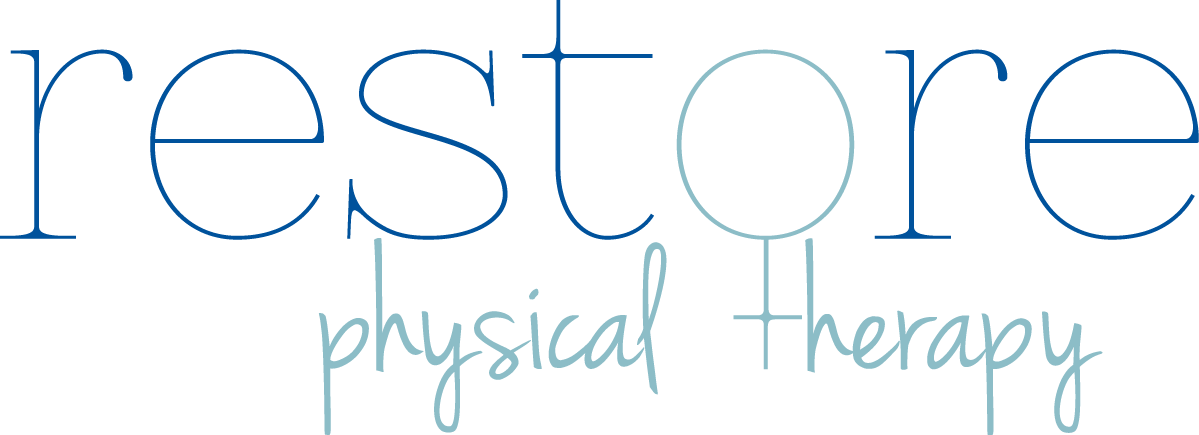What to expect
We believe you deserve the best care in an environment that is comfortable and welcoming. We take an interest in you from the moment you connect with us. Take the time to complete the online intake forms prior to your appointment, so your time with the therapist can be focused on why you are seeking care and your goals.
Have your little one in tow? No worries. This space was chosen and designed to be kid-friendly. Your health matters, and a lack of childcare should not prevent you from reaching your goals.
WHAT MAKES RESTORE PHYSICAL THERAPY DIFFERENT?
At Restore Physical Therapy you will always be 1 on 1 with your physical therapist for the entire length of your selected appointment time. You will have the same physical therapist for the entire course of your treatment, which results in more successful treatment as a result of the consistency in your care. Restore provides an safe and comfortable environment to help you relax and focus on your body’s recovery. Our staff is trauma-informed, compassionate, and caring and you will feel the difference this makes in your care.
WHAT YOUR PELVIC HEALTH EVALUATION MAY INCLUDE
Musculoskeletal Examination: This includes an assessment of structure, muscles, soft tissues, and a manual evaluation of the pelvic floor muscles. We can identify problematic muscles and scar tissue and develop a treatment plan based on our findings.
Diastasis Recti Examination: Patients with a diastasis recti are given specific exercises to correct the problem. Standard exercises, Pilates, and yoga can make this problem worse and should only be introduced after the diastasis recti is addressed.
Scar Mobilization for Cesarean delivery, episiotomy, and other vaginal scars: Perineal scar tissue can cause persistent pain, pain with intercourse, and may contribute to anal fissures. Cesarean delivery scars can contribute to bladder urgency/frequency.
Manual Physical Therapy for pain with vaginal intercourse or penetration: Postoperative or post vaginal delivery tissues may become hypersensitive, resulting in myofascial trigger points or tightness in traumatized muscle in and around the pelvis.
Pelvic Floor Muscle training exercises: Most women are told about Kegel exercises; however, most women report confusion about how to do them properly or how often. In fact, according to recent research, 51% of women could not perform a Kegel properly with verbal cueing alone. And 25% of the women in the study were actually performing the attempted Kegel in a manner that could promote incontinence. Treating incontinence requires proper Kegel instruction as well as training in other key exercises to eliminate the problem.
WHAT YOUR ORTHOPEDIC EVALUATION MAY INCLUDE
Musculoskeletal Examination: This includes an assessment of structure, muscles, and tissue to determine impairments in range of motion, strength, and/or joint mobility.
Manual Therapy: Postoperatively or post injury you may experience soft tissue restrictions as well as myofascial trigger points or tightness in traumatized muscle. We work to normalize muscle tone, eliminate myofascial trigger points and decrease tissue restrictions with manual techniques that can successfully resolve pain. You may also have joint restrictions that will benefit from manual therapy techniques to restore motion and function.
Therapeutic Exercise: To achieve your maximum function, an individually prescribed exercise program is necessary to further progress in range of motion, strength, and joint mobility. Often a home program will be recommended to reinforce long-term results.


